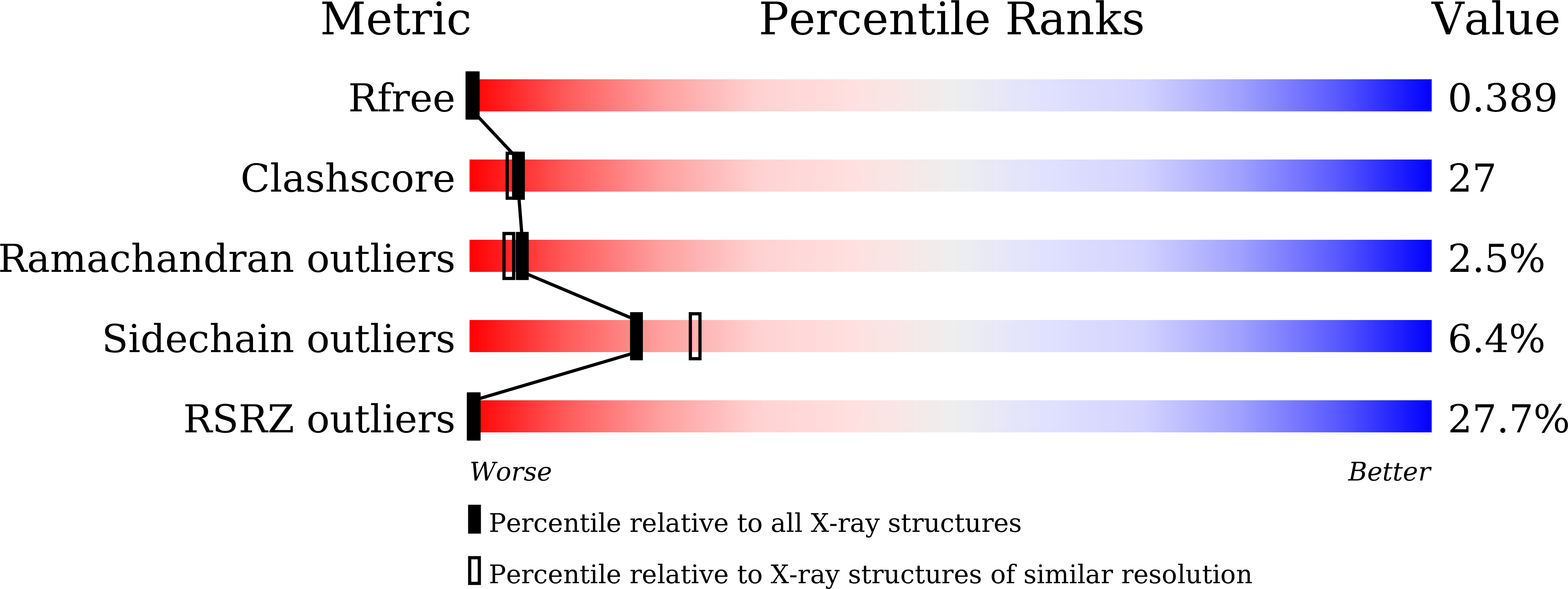
Deposition Date
2021-01-20
Release Date
2021-09-01
Last Version Date
2023-11-29
Entry Detail
Biological Source:
Source Organism:
Host Organism:
Method Details:
Experimental Method:
Resolution:
2.30 Å
R-Value Free:
0.38
R-Value Work:
0.29
R-Value Observed:
0.29
Space Group:
P 21 21 21


